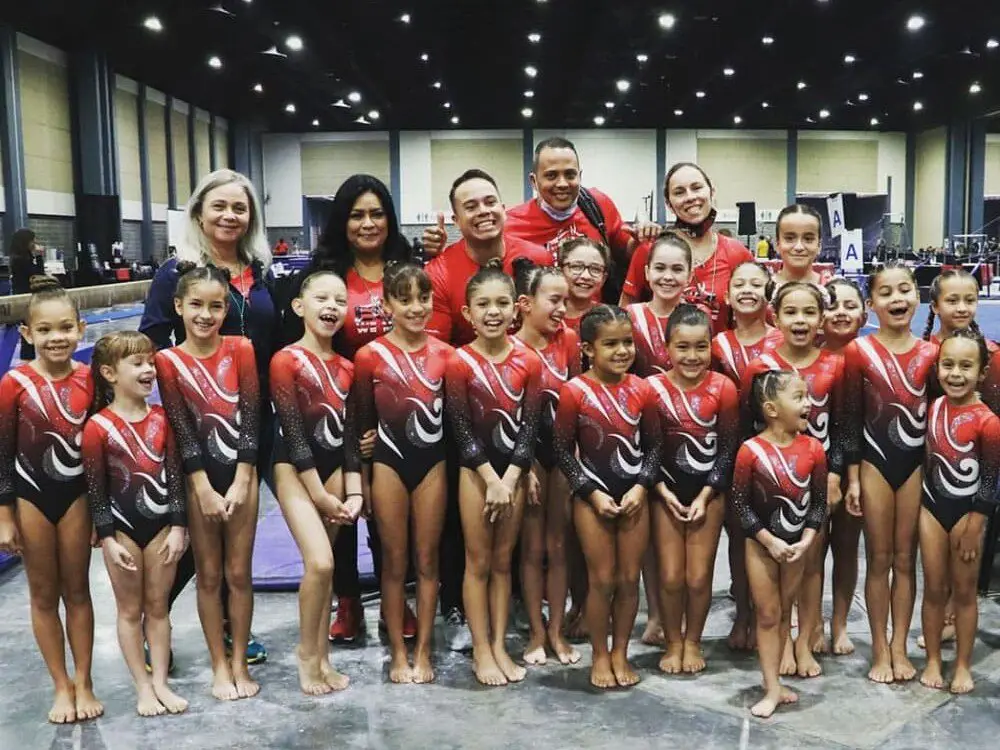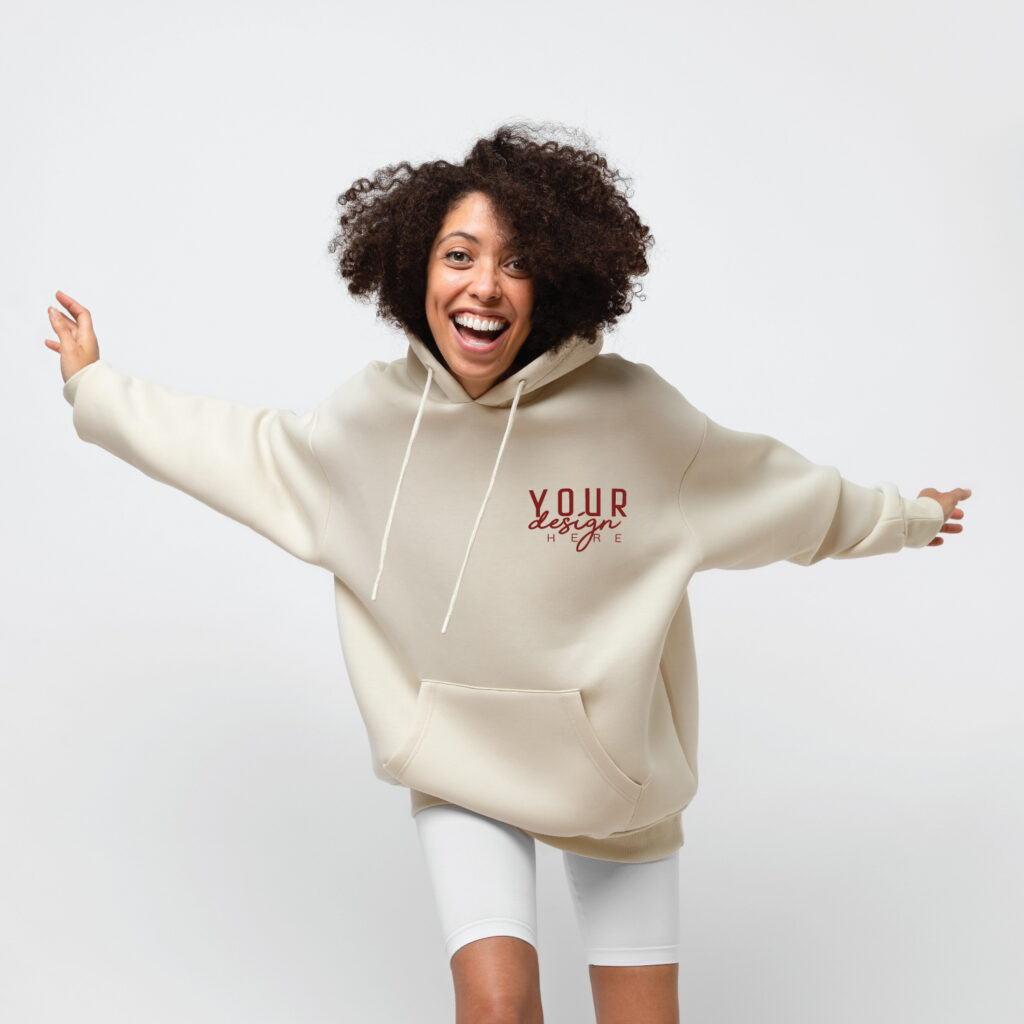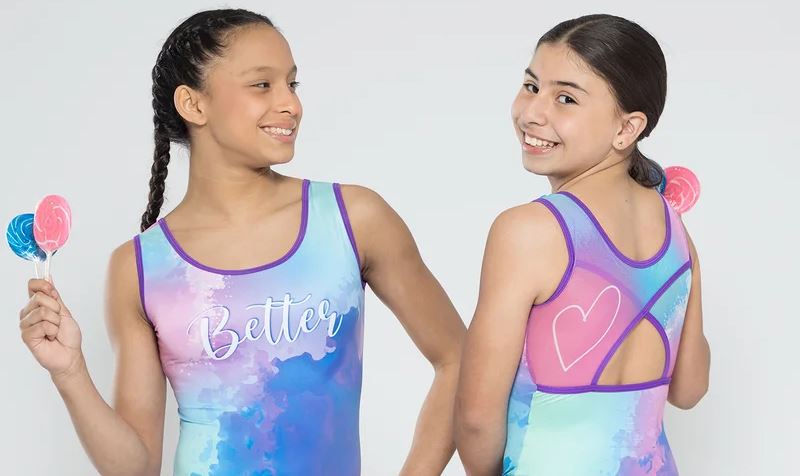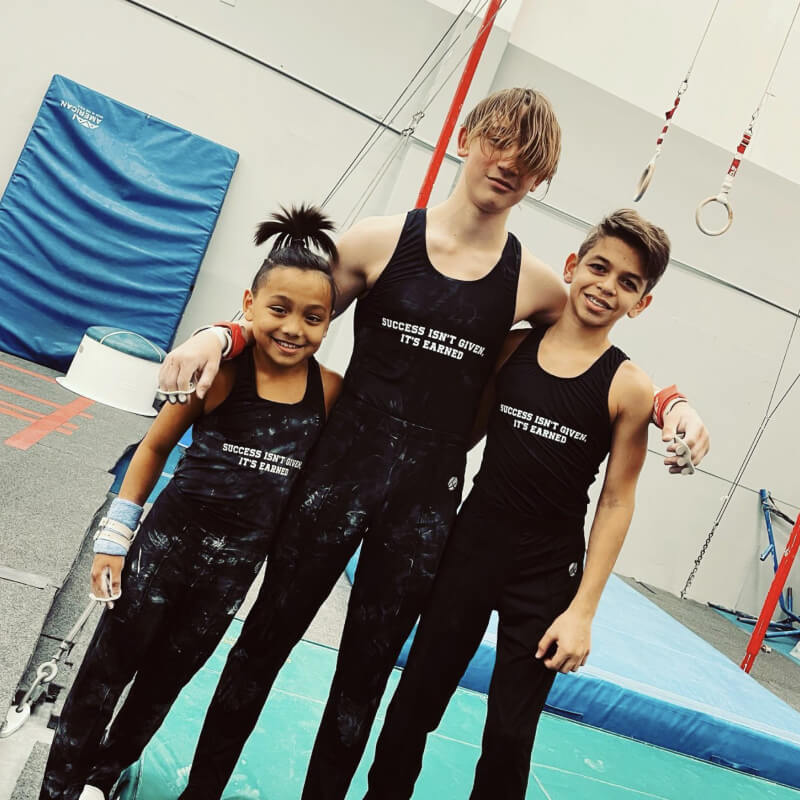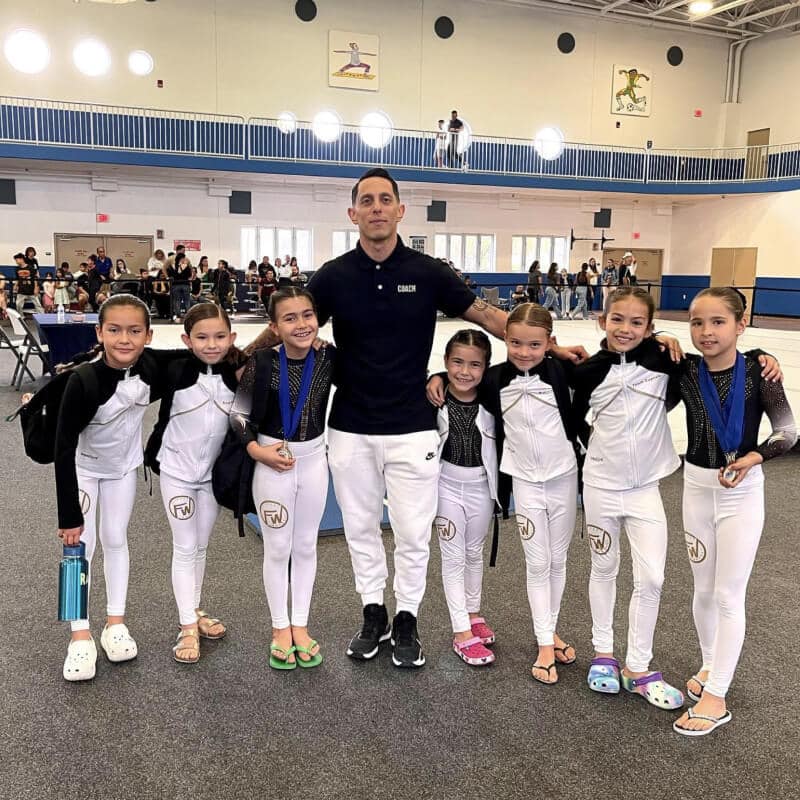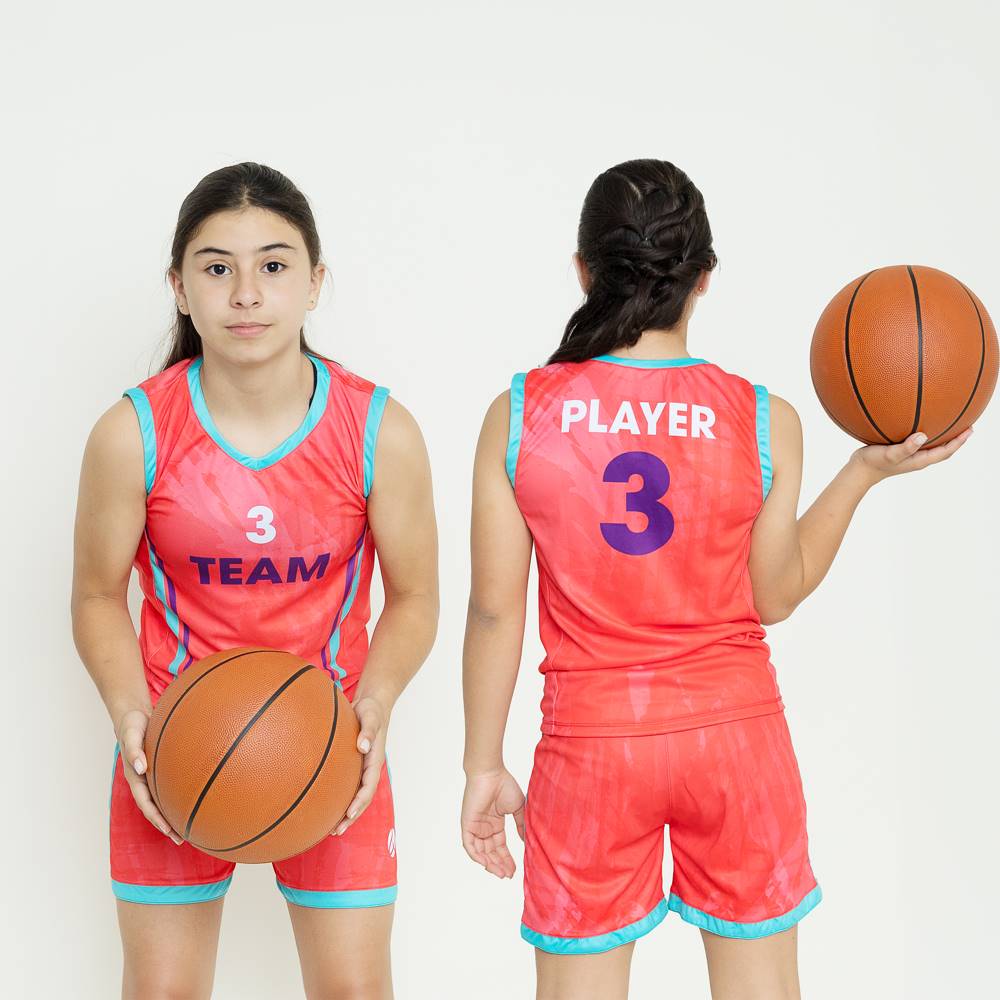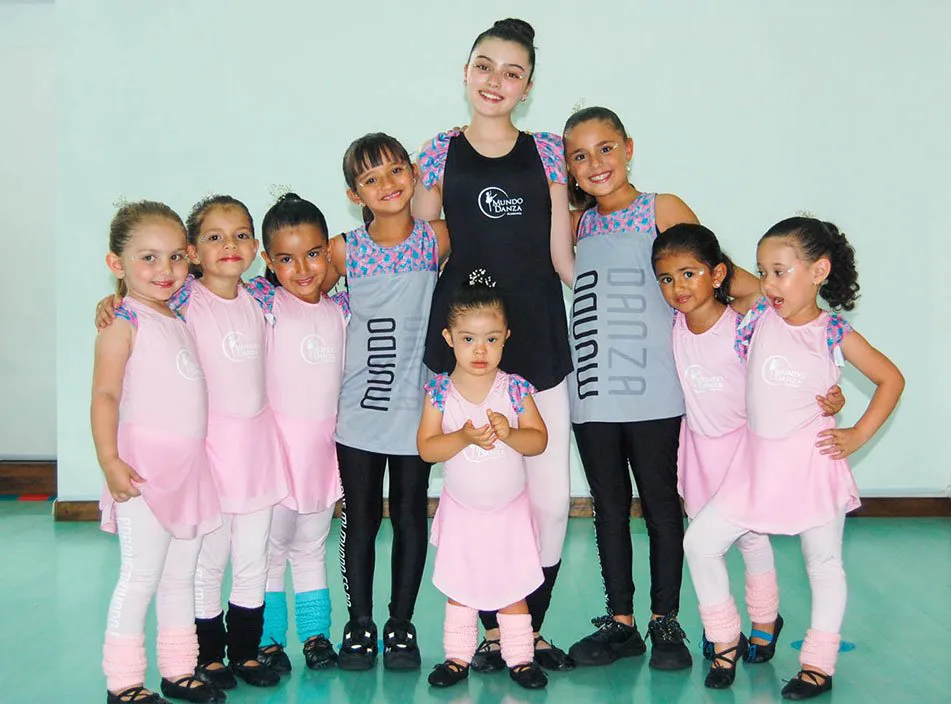As the season comes to a close, it’s essential to take the time to recognize and celebrate the hard work, dedication, and achievements of your team. End-of-season celebrations not only foster team spirit but also create lasting memories for athletes and coaches alike. Here are some ideas to help you plan a memorable celebration for your team:
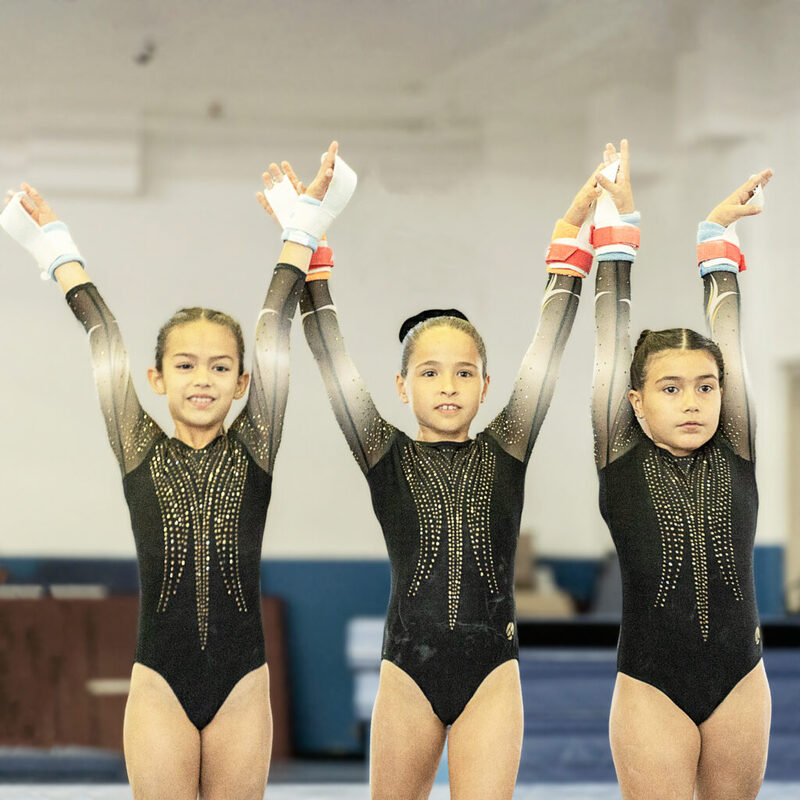
1. Awards Ceremony
Host an awards ceremony where you can present various awards, such as Most Valuable Player, Most Improved Player, the Boldest Team Player, and Best Team Player. Consider creating custom trophies or certificates to commemorate the achievements. Make it a fun event by encouraging athletes to dress up and inviting family members to join in the celebration.
2. Team Banquet
Organize a team banquet to celebrate the season’s accomplishments. Choose a local restaurant or a school cafeteria and plan a menu that suits everyone’s preferences. This is a great opportunity for athletes, coaches, and parents to socialize, reflect on the season, and enjoy a meal together.
3. Scrapbook or Video
Create a scrapbook or a video montage that showcases highlights from the season, including photos, memorable moments, and player quotes. Present it at the end-of-season gathering or share it digitally with all team members. This nostalgic touch will remind everyone of their shared journey and accomplishments.
4. Fun Team Activities
Plan a fun day filled with team-building activities, games, and friendly competitions. This can include relay races, obstacle courses, or even a team sports day where athletes can showcase their skills in a relaxed environment. This promotes camaraderie and strengthens relationships among teammates.
5. Guest Speakers
Invite former athletes, coaches, or motivational speakers to share their experiences and insights with the team. Their stories can inspire young athletes and provide valuable lessons about teamwork, perseverance, and sportsmanship.
6. Community Service Project
Celebrate the season by giving back to the community. Organize a team volunteer day where athletes can work together on a community service project. This not only helps those in need but also fosters a sense of pride and unity among the team.
7. Yearbook or Newsletter
Compile a yearbook or newsletter that includes highlights from the season, player profiles, and quotes. Distribute this to all team members as a keepsake. It’s a thoughtful way to acknowledge everyone’s contributions throughout the season.
End-of-season celebrations are an excellent way to honor the hard work and achievements of your team. By taking the time to recognize accomplishments, foster connections, and create lasting memories, you’ll leave athletes feeling valued and motivated for the next season. Remember, it’s not just about the wins; it’s about the journey and the relationships built along the way!



